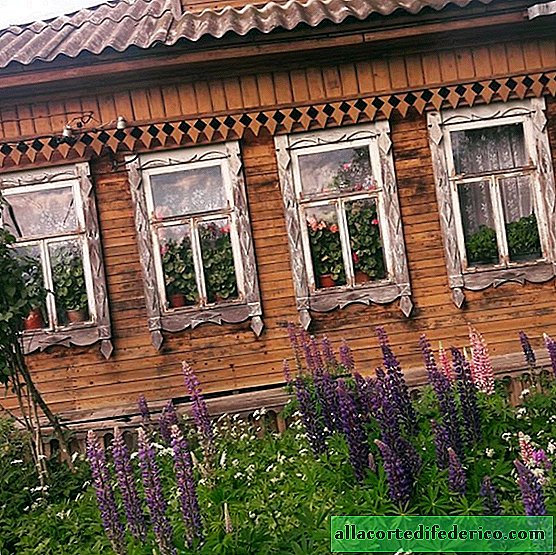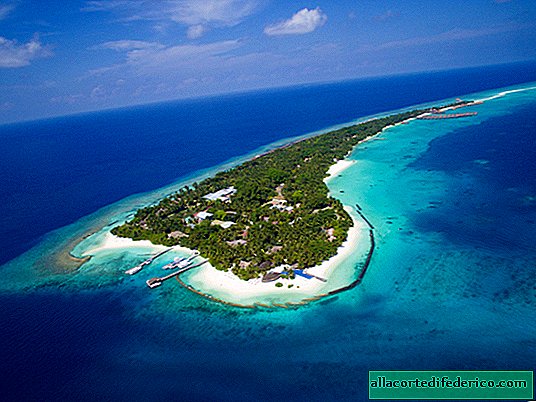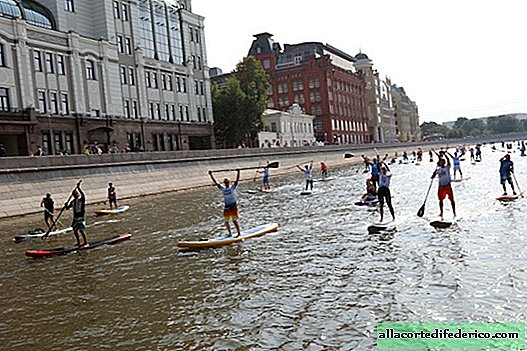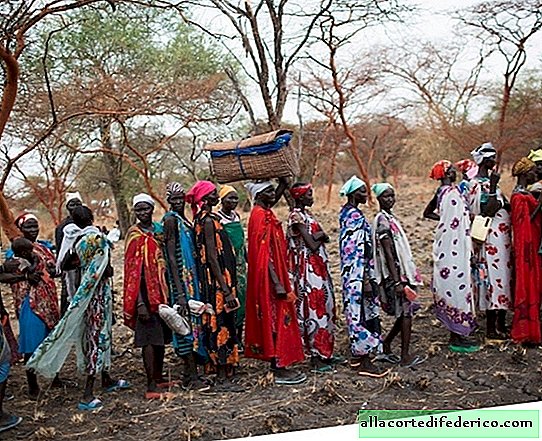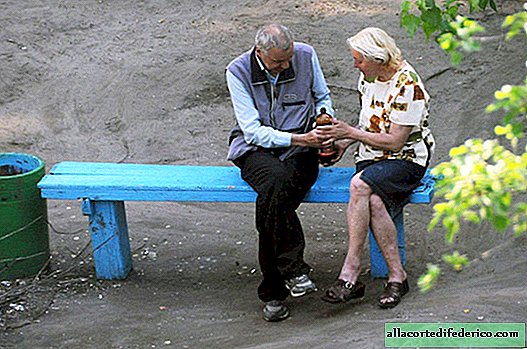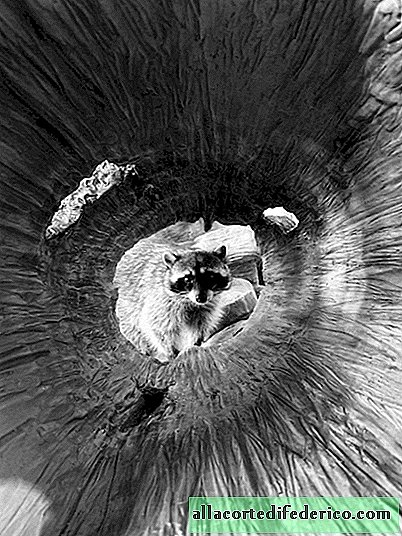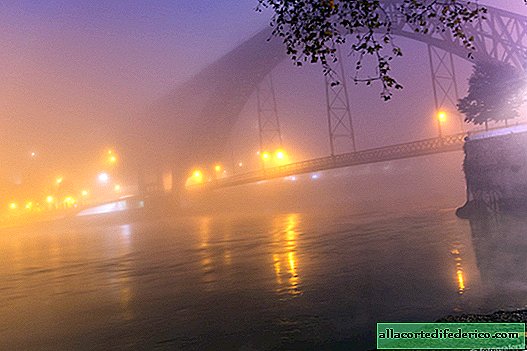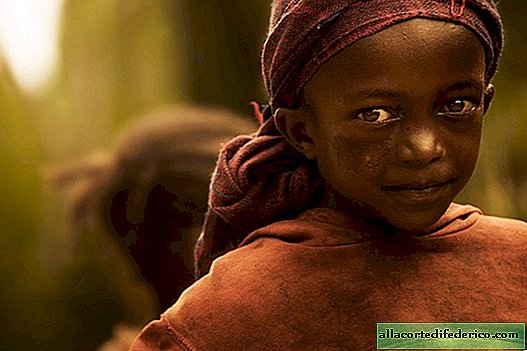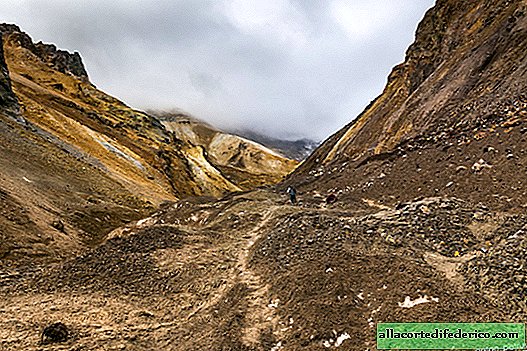700 man-made caves of the Dunhuang oasis
Qianfodong Cave Complex amazes any traveler who is lucky enough to get to this remote corner of China. In a small area there are about 700 caves, many of which are decorated not only with familiar Buddha statues, but also with delightful color frescoes. Wall pictures are striking in their excellent preservation and bright colors, but some of them are more than 1,500 years old.


The first cave temples arose here in the 350s. Since then, the Dunhuang oasis has been a part of various Chinese and Mongolian government entities in northwestern China. The new rulers, being adherents of Buddhism, tried to contribute to the development of the temple complex, and new caves regularly appeared in the slopes of Mount Minshashan. Thus, centuries after the start of construction, over 1000 caves arose in the Dunhuang oasis area. Unfortunately, earthquakes and barbaric destruction by nomadic tribes led to the fact that about 700 caves were preserved here, but only 492 of them contain religious sculptures and frescoes. The largest and most famous among them is the Mogao Cave.

This temple complex is famous for its magnificent wall murals. Most of the caves are decorated with scenes from Buddhist texts that reflect the foundations of Buddhist teachings and tell about the life of the Buddha, as well as tell about righteous monks. In addition to religious motives, quite earthly scenes are also represented in the cave. In some caves you can see images of the life of the imperial family, the work of peasants in the fields or hunting.

The cave complex in the old town of Dunhuang is also interesting for its incredibly rich collection of ancient manuscripts that were discovered here at the beginning of the 20th century. Most of the ancient documents containing texts of a wide variety of subjects - from historical descriptions and teachings in mathematics to religious materials, date back to the V-XI centuries. The language of the discovered manuscripts is also varied. Mostly there were texts in Chinese and Tibetan, but there were also texts in Sanskrit, Tohar, Sogdian and many other languages that no longer exist at present. Unfortunately, the most valuable manuscripts left Dunhuang, falling into the hands of Western scholars, and today are stored, including in the British Museum. Only part of the manuscript remained in China and is located in Beijing.







